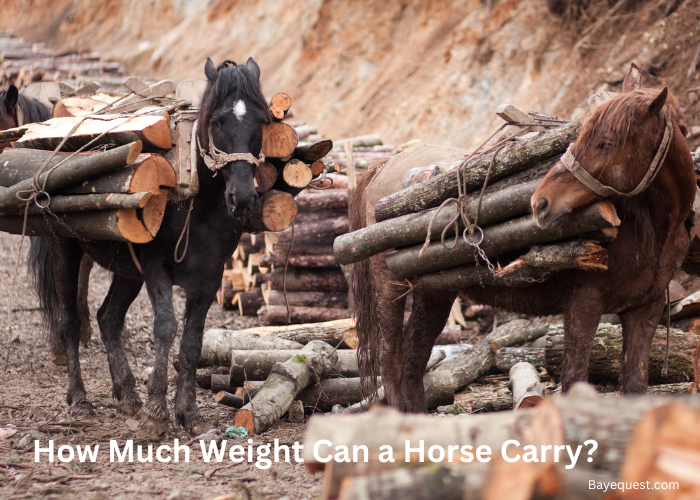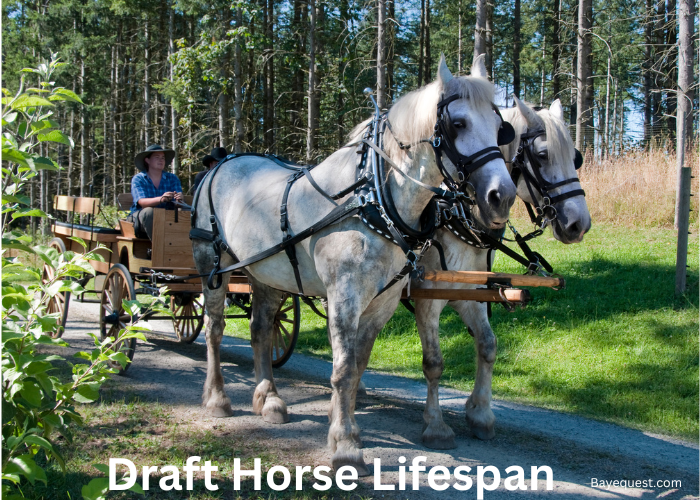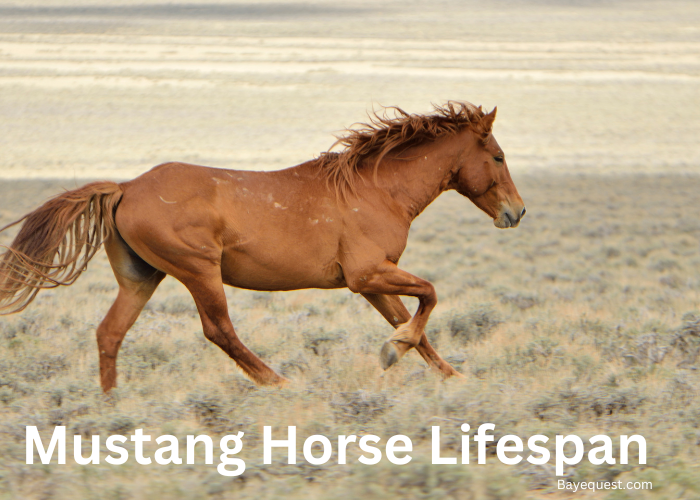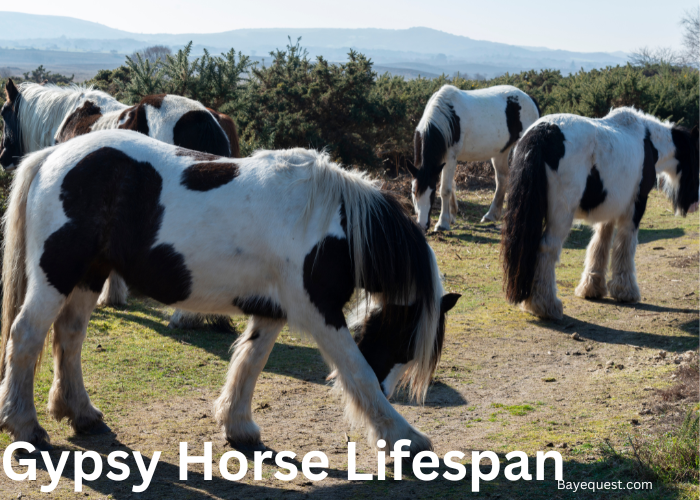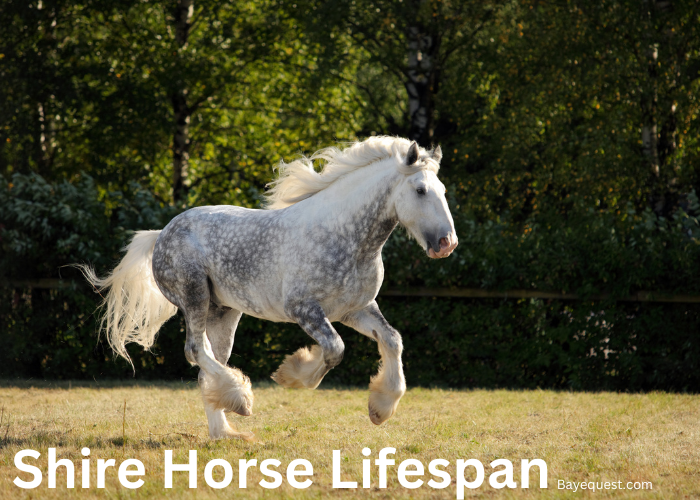Horses are incredible partners, known for their strength and versatility. However, even these majestic creatures have limits.
How much weight can your horse comfortably carry? It’s not as simple as saddling up and setting off.
The right balance ensures a safe and enjoyable experience for both rider and horse.
Let’s explore what goes into determining a horse’s weight-carrying capacity.
How Much Weight Can a Horse Carry? Key Takeaway
A horse can carry approximately 20% of its body weight, including both the rider and the gear. For example, a 1,000-pound horse can comfortably manage around 200 pounds. However, factors like the horse’s breed, fitness level, and overall health can influence this capacity. Always consider these details to ensure your horse’s well-being.
How Much Weight Can Horses Carry?
A horse can carry up to 20% of its body weight. This guideline ensures the horse is not overloaded and maintains its health and comfort during work or riding activities.
For example, a horse weighing 1,000 pounds can safely support up to 200 pounds. This total includes the weight of the rider and all the gear, such as saddles, bridles, and any additional equipment.
Understanding this weight capacity is crucial for several reasons. Primarily, it helps prevent injury to the horse.
Overloading a horse can lead to serious health issues. It can also affect the horse’s stamina and mood, leading to behavioral problems and decreased performance.
Adhering to the 20% rule is respecting the horse’s physical capabilities and ensuring longevity and well-being.
It’s a basic standard that is a good starting point for horse owners, particularly those new to riding or caring for horses.
By keeping within this weight limit, riders can enjoy their activities without causing undue stress or harm to their equine partners.
Additionally, this rule of thumb helps plan longer rides or trips where the horse might need extra supplies.
By calculating the total weight the horse will carry, you can make informed decisions about how much gear to pack and whether adjustments are made.
This proactive approach enhances the horse’s safety and improves the overall riding experience.
Factors That Influence How Much Can a Horse Carry
Various factors influence the weight a horse can safely carry. Each aspect contributes to determining the appropriate load for your horse.
Here are some of the factors:
Breed
Different breeds have different capacities. Draft horses are bred for strength and can carry more weight than lighter breeds.
The horse’s breed influences its bone structure, muscle mass, and overall build, which are critical to its carrying capacity.
Conformation
This refers to the horse’s body shape and structure.
A well-proportioned horse with a strong, short back can often carry more weight than one with a longer back.
Fitness and balance
A horse that is fit and well-conditioned is better equipped to carry weight.
Regular exercise strengthens the horse’s muscles and improves its balance and stamina. This makes it more capable of carrying heavier loads without injury.
Duration and intensity of work
The amount of time and intensity with which a horse works can impact the weight it should carry.
A horse doing light work for short periods can carry more weight than a horse engaged in prolonged or high-intensity activities.
Equipment and hoof care
Properly fitting equipment that distributes weight evenly is crucial. Poorly fitted saddles can cause discomfort or injury, reducing a horse’s carrying ability.
Similarly, good hoof care ensures the horse can move comfortably and support the weight being carried.
Training
A horse’s training level also plays a role. Well-trained horses are more accustomed to carrying weights and can do so more efficiently.
Training helps a horse develop muscle strength and endurance to carry weight safely.
Horse’s age
Age significantly affects a horse’s carrying capacity.
Young horses, whose bones and muscles are still developing, and older horses, who may be experiencing a decline in muscle mass or joint issues, are less capable of carrying heavy loads than mature adult horses.
Why is the Rider’s Weight Significant?
The rider’s weight matters a lot when it comes to horseback riding. It’s all about balance and comfort for the horse and rider.
If a rider is too heavy, it can strain the horse, leading to injuries or discomfort. A lighter load means an easier job for the horse, especially during long rides or high-energy tasks.
It’s not just about weight alone, though. How the rider manages their weight while riding, maintaining good balance and not shifting too much, also plays a big part in keeping the horse comfortable and safe.
So, picking a horse that suits the rider’s weight isn’t just good sense. It’s key to caring for the horse’s health and ensuring enjoyable rides.
How Much Weight is Too Much for a Horse?
Knowing how much weight is too much for a horse is crucial. A horse carrying over 20% of its body weight is generally considered too much.
So, if your horse weighs 1,000 pounds, carrying over 200 pounds could be pushing it. This limit helps prevent stress on the horse’s body and keeps them healthy.
When a horse is overloaded, it might show signs like struggling to move, appearing tired quickly, or even showing changes in behavior. These are red flags.
Sticking to the 20% rule is a good way to ensure your horse stays comfortable and injury-free.
This isn’t just a number; it’s about ensuring the well-being of your horse every time you saddle up.
Signs of Overloading a Horse
Recognizing the signs of overloading is crucial for your horse’s health and safety. Here are some key indicators:
Reluctance to move
A horse that’s carrying too much weight may hesitate to walk, trot, or canter, appearing sluggish or resistant.
Uneven or labored breathing
Difficulty in breathing or rapid panting during light activities could indicate excessive strain.
Stumbling or tripping
Overloading affects balance, making your horse more prone to stumbling or losing footing.
Visible muscle strain
Watch for quivering muscles, stiffness, or unusual tension in the legs and back.
Back or shoulder pain
Overloading often causes tenderness in the back or shoulders, leading to discomfort during and after rides.
Excessive sweating
While sweating is normal during exercise, unusually heavy sweating for mild activity may signal overexertion.
Behavioral changes
Overloaded horses may show irritability, pinned ears, tail swishing, or refusal to follow commands.
Saddle sores or skin irritation
Carrying more weight than they can handle can cause increased pressure, leading to sores or irritation under the saddle.
Responsible Horse Management to Prevent Overloading
Caring for your horse involves ensuring it is not burdened with excessive weight. Here are essential practices to help you manage this responsibly:
Know your horse’s weight and capacity
Regularly weigh your horse and apply the 20% body weight guideline to determine the maximum safe load, including tack and rider.
Use properly fitted tack
A well-fitted saddle distributes weight evenly, reducing pressure points that can cause discomfort or injury.
Assess the rider and gear weight
Factor in the rider’s weight, clothing, and any additional gear like saddlebags or equipment to ensure you stay within your horse’s capacity.
Consider breed and fitness
Some breeds are naturally better suited for heavy loads, while others have more limited carrying capacity. Ensure your horse is fit and conditioned for the work it is asked to do.
Monitor your horse’s health
Regular veterinary checkups can help identify health issues that might affect your horse’s ability to carry weight safely.
Gradual training and conditioning
If your horse needs to carry heavier loads, introduce the weight gradually through training sessions to build strength and endurance.
Check for signs of discomfort
Always observe your horse during and after rides for signs of overloading, such as stumbling, sweating excessively, or showing resistance to movement.
Provide regular rest and recovery
Avoid overworking your horse by allowing sufficient rest between rides, especially after carrying near its weight limit.
Balance the load
Ensure the load is evenly distributed to maintain your horse’s balance and prevent strain on specific muscles or joints.
Educate yourself and others
Learn about proper weight management and share this knowledge with fellow horse owners to promote responsible practices.
Proper Horses’ Sizes for Particular Riders
This table is based on the general guideline that a horse can carry up to 20% of its body weight, including the rider and any gear.
The horse types suggested are general. Individual suitability can vary based on the horse’s build, health, and conditioning.
| Rider Weight (lbs) | Minimum Horse Weight (lbs) | Suggested Horse Type |
| Up to 120 | 600 | Small horse or large pony |
| 121-150 | 750 | Medium-sized horse |
| 151-180 | 900 | Large horse |
| 181-210 | 1050 | Larger horse or draft cross |
| 211-240 | 1200 | Draft horse or robust horse breed |
| 241 and up | 1450 | Draft horse |
What’s an Ideal Horse for Riding?
An ideal horse for riding depends on what you’re looking for and your riding goals. Here are some key qualities to consider:
Temperament. Look for a horse that’s calm and easy to manage, especially if you’re a beginner. A horse with a gentle, patient nature is easier to learn and less likely to react unpredictably.
Health and condition. A healthy horse is a must. This means clear eyes, good hooves, and a well-kept coat. The horse should also be fit, not too skinny or overweight, and show no signs of lameness.
Training. A well-trained horse makes a big difference. It should respond to basic commands like stop, go, and turn without fuss. The more experienced the horse, the easier your riding will be.
Size and build. The horse should match your size. This isn’t just about height but also the horse’s build. You want to feel balanced and proportional when riding, not too big or small for the horse.
Age. Often, a slightly older horse is a good choice because it has had more training and experience, making it less jumpy and more reliable.
The Best Horse Breed for Plus Sized Riders
For plus-sized riders, finding a horse breed that is strong, sturdy, and comfortable is key. Here are some of the best horse breeds known for their ability to carry heavier riders comfortably:
- Arabian
- Thoroughbred
- Clydesdale
- Quarter Horse
- Appaloosa
- Friesian
- Shetland Pony
- Andalusian
- Morgan
- Percheron
How Much Weight Can Horse Carry? Conclusion
Navigating the weighty question of how much a horse can carry isn’t just about numbers. It’s about care and connection.
Remember, keeping your horse happy and healthy means sticking to the 20% golden rule and tuning into their needs.
Whether you’re gearing up for a gentle trail ride or prepping for a parade, matching your load to your horse’s limits is the secret to many more joyful jaunts.
So saddle up smart, ride with heart, and keep those hoofbeats light and lively.




